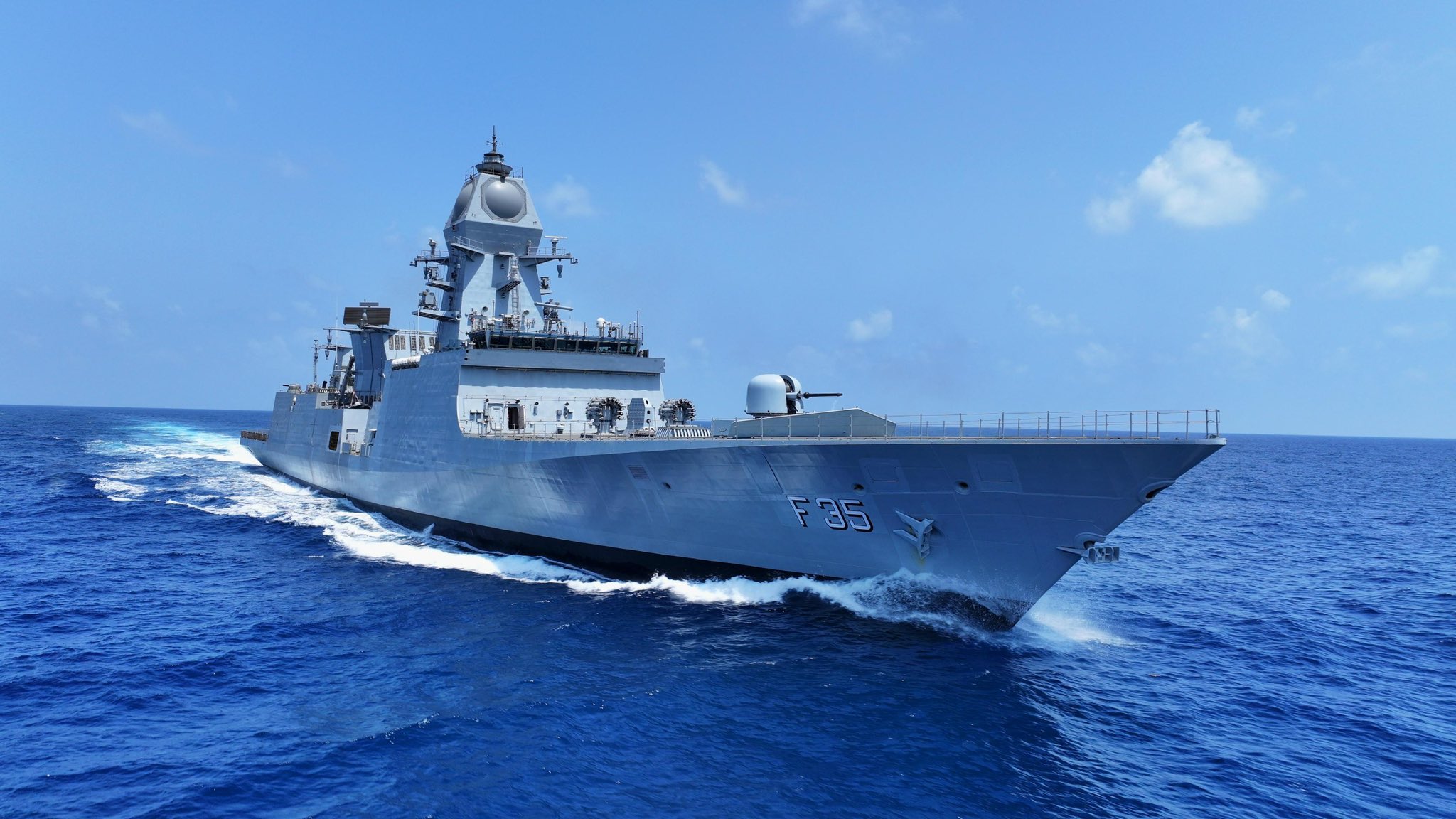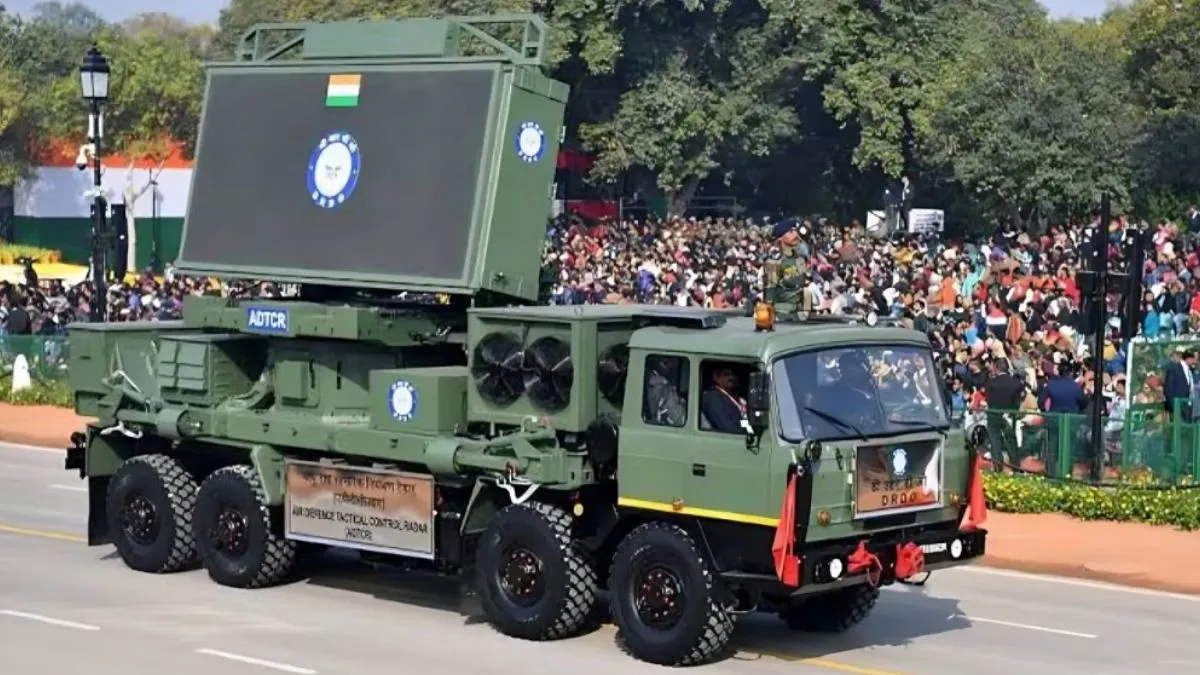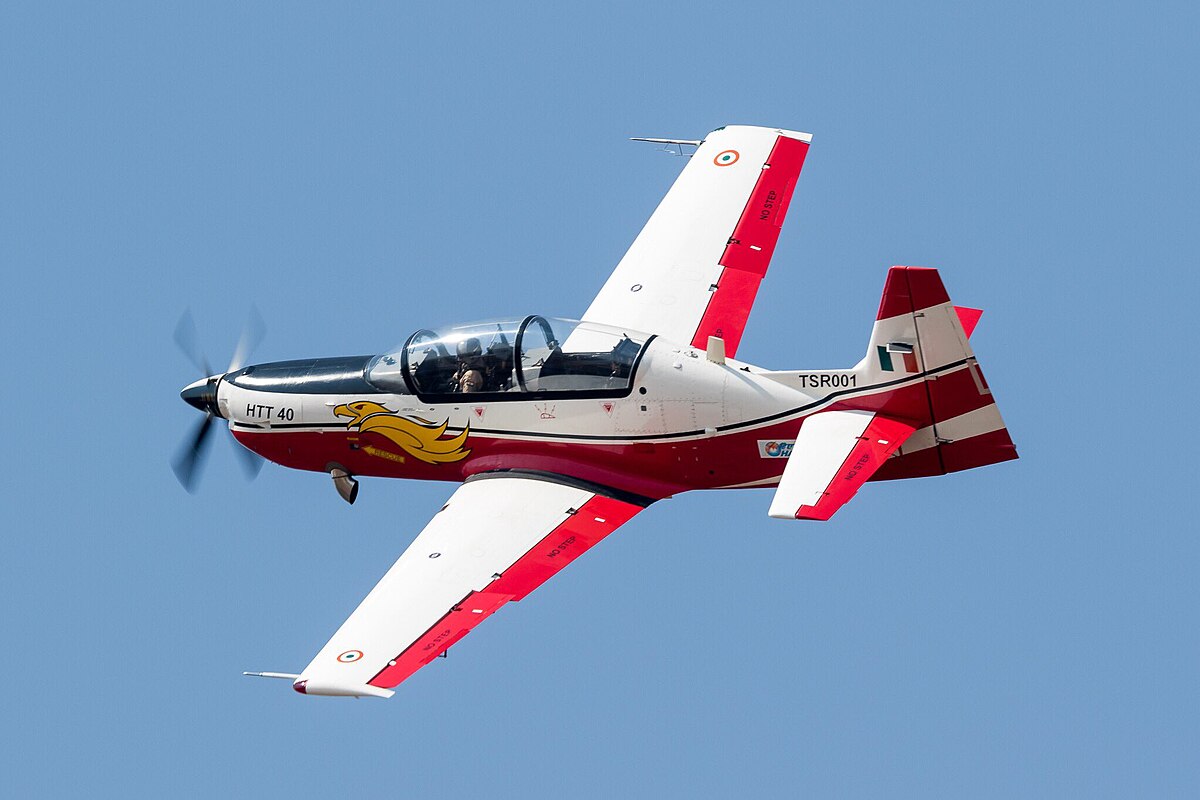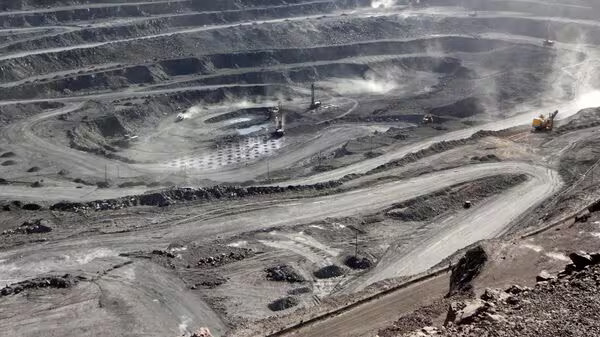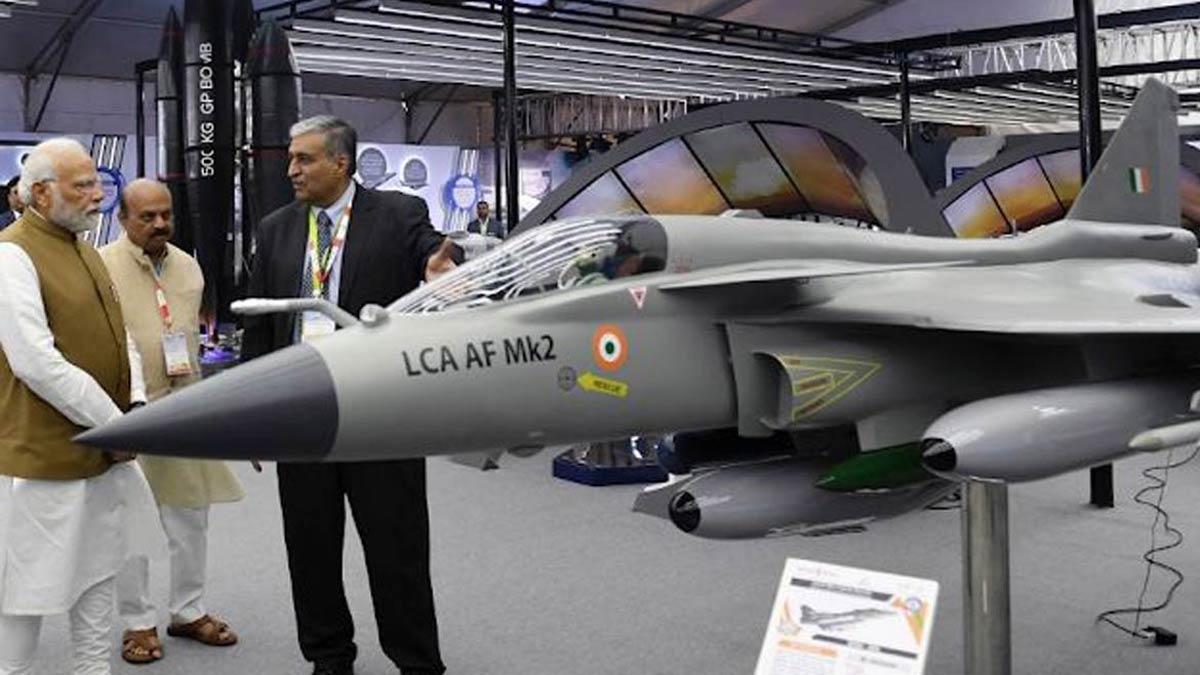MDL Delivers P17A Stealth Frigate Udaygiri to Indian Navy
Mazagon Dock Shipbuilders Limited (MDL) marked a key milestone today with the delivery of Udaygiri, the second Project 17A (P17A)…
India Must Enhance Anti-Stealth Radar and Long-Range Defence Systems to Counter 5th-Gen Threats: Air Marshal Ashutosh Dixit
As repoerted by IDRW, Air Marshal Ashutosh Dixit, Chief of Integrated Defence Staff (CISC), has called for a focused national…
HTT-40 Trainer Aircraft to Roll Out This Year, HAL Eyes Global Market
Hindustan Aeronautics Limited (HAL) is preparing to roll out the first HTT-40 Basic Trainer Aircraft (BTA) later this year, marking…
India Launches Nationwide Drive to Extract Rare Earth Elements from Mining Waste
India has launched an ambitious nationwide initiative to extract rare earth elements (REEs) from mining waste, after significant quantities of…
Tejas Mk2 Set for Maiden Flight in Q1 2026, Confirms DRDO Chief
In an exclusive interview with Tarmak Media House, Dr. Samir V. Kamat, Secretary of Defence Research & Development and Chairman…
Group Captain Shubhanshu Shukla to Speak With Students and ISRO Engineers via Ham Radio from ISS
Group Captain Shubhanshu Shukla, currently aboard the International Space Station (ISS) on a 14-day scientific expedition, will interact with Indian…

